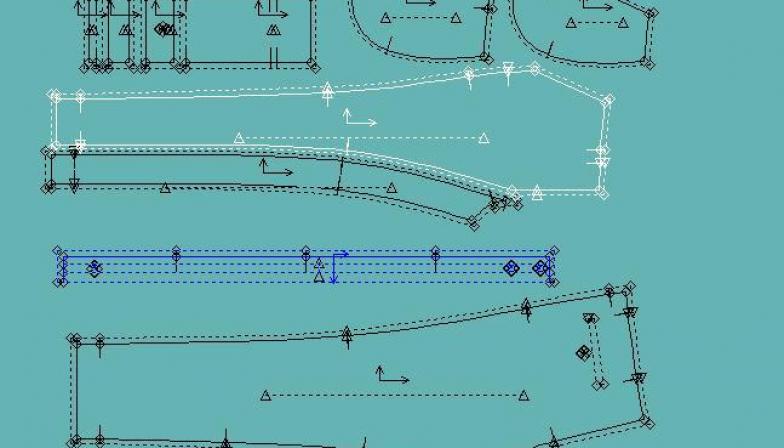A pattern is a ready -made clothing template that has a clear conjugation of sections with the designation of allowances and seams. In the manufacture of patterns for equipment equipment (for example, for a welder costume), it is necessary to take into account a number of criteria, the compliance of which will ensure the security and comfort of the employee.
Procedure for creating workwear patterns
For the development of new overalls, already created models are used that are processed and modified for the needs of a particular enterprise. Within the framework of this work, it may change:
- cover;
- line of division;
- form.
In the classic version, processing does not imply correction of the shape of the product, that is, the contour lines of the main elements remain in the same places as in the maternal structure. In this case, only sizes and secondary elements (configuration of pockets, sides and lapels; arrangement of buttons, etc.) change.
The next type of processing is to change the silhouette of workwear. In this case, adjustments to the shape of the supporting surface are not made. For such modification, methods of expanding parts are used, which allows you to change the design of the midline of the back, sections on the sleeves and sides.
The last type of processing involves making the most significant adjustments to the maternal structure. For the upper (shoulder) clothing, the sketch provides for a change in shape in the chest area, and for the lower (waist) - in the hips.
Rules for creating patterns for workwear
A pattern created by any of the listed methods should be developed so that the clothing model “sits” well on different figures. Representatives of the factory vector.omsk.ru , specializing in the development of patterns and sewing of workwear, argue that the following rules must be observed:
- to use the maternal structure, on the basis of which clothes were already made, the quality of which was tested in real conditions;
- Save proportions and connections between structural elements;
- If changes are made to the basic parameters of the pattern, it is necessary to verify their expediency, that is, the designer must understand what purpose he makes these changes.
Compliance with these principles allows you to create patterns for the manufacture of reliable and comfortable clothing, regardless of the conditions in which it will be supposed to be used. Do not skimp on special clothes for your employees.



